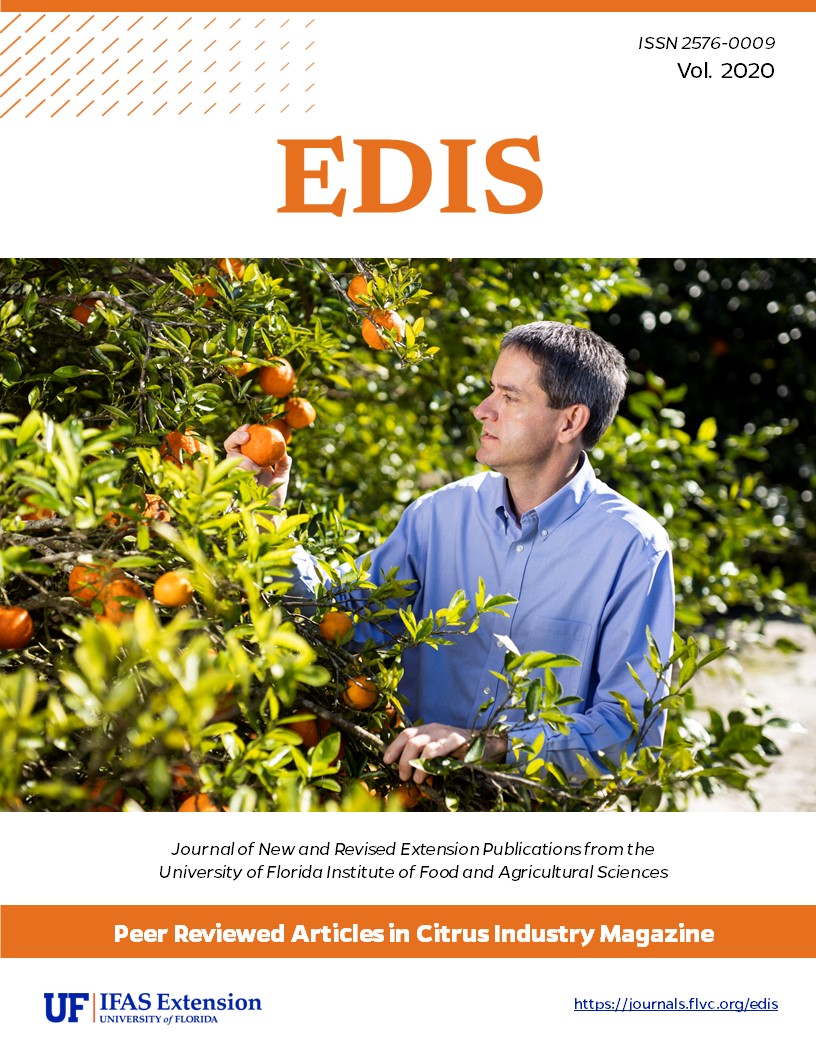Abstract
Finger lime is a distant relative of the sweet oranges and grapefruits that we enjoy and is also a relatively new crop species for Florida. It is an Australian native species that has been gaining in popularity and importance in the last few years because of its unique fruit quality and disease tolerance that sets it apart from conventional sweet orange and mandarin cultivars. The primary characteristic of this species is the round to teardrop-shaped juice vesicles that burst into individual juice sacs when the fruit is cut. The juice vesicles are known as “citrus caviar” which once processed and packaged, can increase tremendously in economic value. Locally grown finger lime can be a useful addition to the “Fresh from Florida” portfolio and could bolster local food production systems, leading to increased sales to restaurants, bars (Margarita and Mojito cocktails!), and grocery stores.
One of the pressing issues limiting large-scale production of finger limes in Florida is the lack of knowledge about the cultural conditions to successfully cultivate it in an Huanglongbing (HLB) endemic environment. Recently, with funding from the Florida Department of Agriculture and Consumer Service’s Specialty Crop Block Grant Program, we established a rootstock and fertilizer evaluation trial at the University of Florida’s Institute of Food and Agriculural Sciences (UF/IFAS) Citrus Research and Education Center (CREC) in Lake Alfred. The objective of this study was to understand how the different commercially available rootstocks and fertilizer regimes (slow release vs. conventional) would impact finger lime growth and production.

